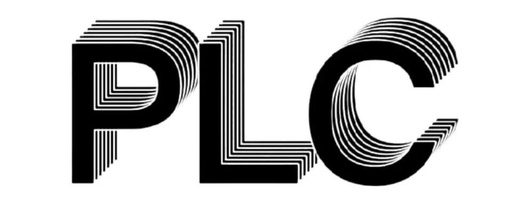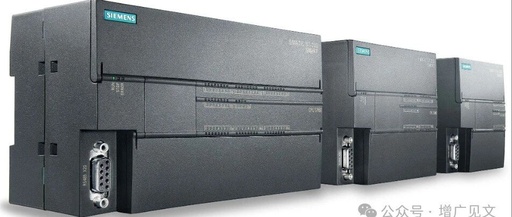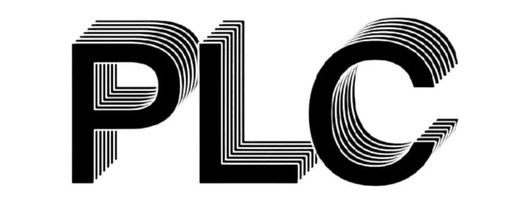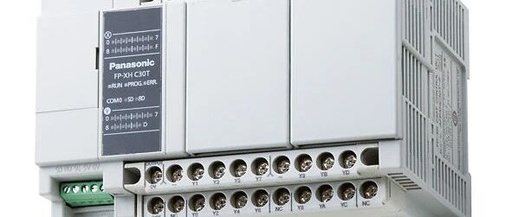One-Stop Solution for Gas Separation Control: Detailed Explanation of Siemens PLC Technology
The gas separation system has significant application value in the chemical, medical, and energy fields. Automation control based on Siemens PLC can achieve high precision, stability, and safety. 1. Control Program Design Variable Definition Standards In the gas separation control system, good variable naming conventions can greatly enhance the readability and maintainability of the program. … Read more









